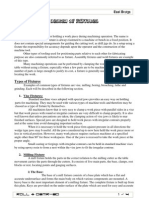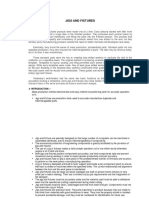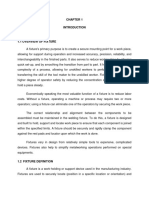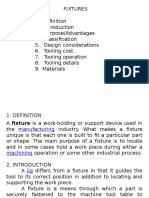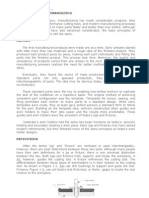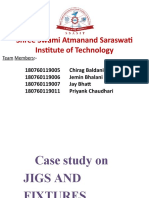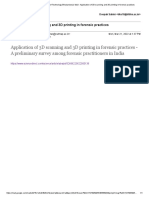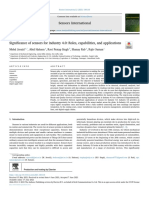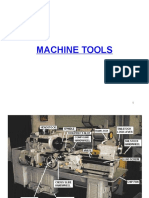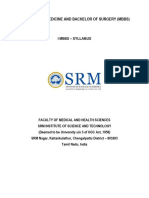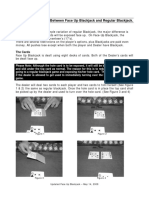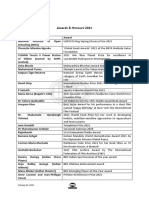0% found this document useful (0 votes)
13 views7 pagesDTJF Module - 5
The document provides an overview of fixtures, which are devices that hold and locate workpieces during manufacturing operations. It outlines various types of fixtures, including turning, milling, broaching, and grinding fixtures, and explains their specific functions and designs. Additionally, it highlights the advantages of using jigs and fixtures in mass production, such as increased accuracy, reduced handling time, and lower machining costs.
Uploaded by
deepakCopyright
© © All Rights Reserved
We take content rights seriously. If you suspect this is your content, claim it here.
Available Formats
Download as DOCX, PDF, TXT or read online on Scribd
0% found this document useful (0 votes)
13 views7 pagesDTJF Module - 5
The document provides an overview of fixtures, which are devices that hold and locate workpieces during manufacturing operations. It outlines various types of fixtures, including turning, milling, broaching, and grinding fixtures, and explains their specific functions and designs. Additionally, it highlights the advantages of using jigs and fixtures in mass production, such as increased accuracy, reduced handling time, and lower machining costs.
Uploaded by
deepakCopyright
© © All Rights Reserved
We take content rights seriously. If you suspect this is your content, claim it here.
Available Formats
Download as DOCX, PDF, TXT or read online on Scribd
/ 7

